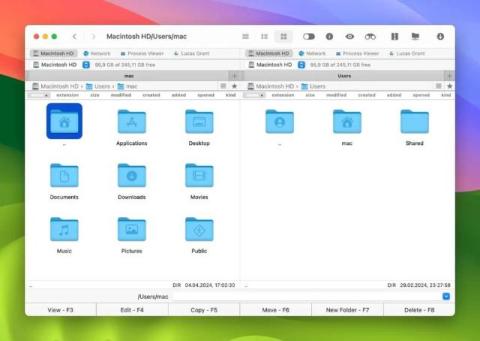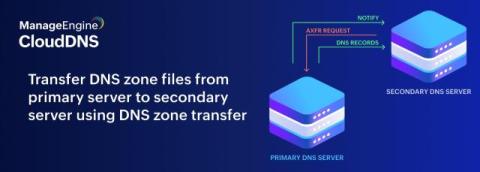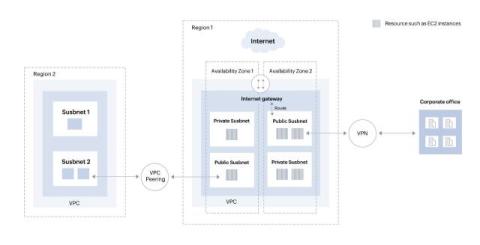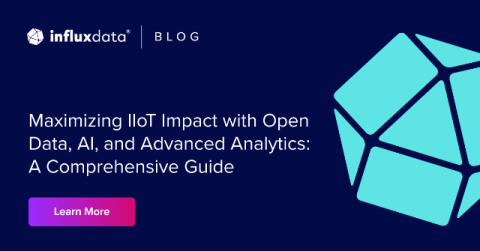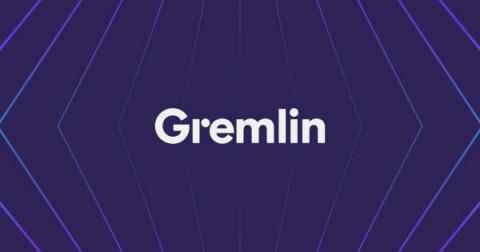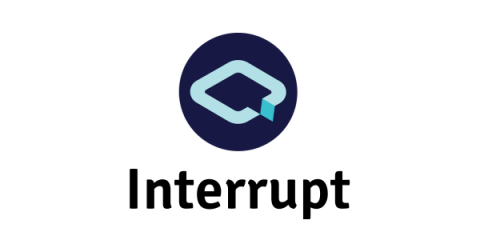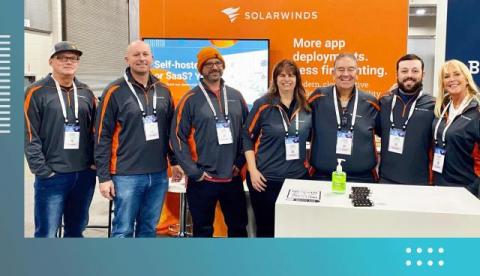Commander One: The Best Secure FTP Client for Mac with Amazon S3 Integration
The handling of files in the modern world has become a necessity, together with the pronounced focus on productivity within the working process. Whether you are a Web developer, System or Network administrator, or just dealing with many files, you need a good FTP client. Again, for Mac users, Commander One has been developed as the best solution with the highest functionality, compatibility, and security. If you are searching for a secure FTP client for Mac, Commander One would be the best fit for you.


